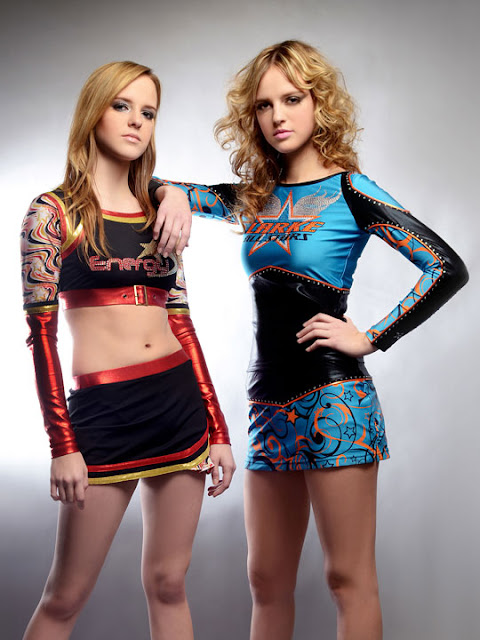A big trend today in active sportswear is dry performance or moisture management apparel. Dry performance t-shirts, polos, team uniforms, etc are mostly made of polyester yarns and are engineered to wick moisture away from the skin and transport it to the outside of the fabric. Although more expensive than conventional printing methods, the large color gamut and short run capabilities allowed it to gain a foothold in the market.
Over the last several years digital sublimation printing has exploded into a multitude of new industries such as – sportswear, fashion, trade shows and others. The technological progression of the inks, printers and substrates as well as great strides of innovation in the market place has made it possible.
Digital sublimation printing has gone from 100 SqFt per hour to over 2000 Sqft per hour on today’s new industrial printers; this has brought the unit cost down and opened up sectors requiring mass production such as the fashion and home furnishing industries. Digital sublimation printing can now offer high speed and low cost mass production.
Market innovation keeps opening new territory for the individualization offered by sublimation digital printing. Pillows, curtains, tiles and wall panels can all be offered to a specific customer’s tastes and preferences. We’re sure to see an ever widening use in the very near future.
These products keep you cool and dry. We offer both compression and loose, relaxed dry performance wear.
Traditional screen printing or cad printing covers fabric with ink or film, making it difficult for air or moisture to pass through. Dye sublimation printing, on the other hand, maintains a fabris wicking characteristics.
When sublimation dye is placed next to polyester and heated, the polyester molecules open. The sublimation dye turns into a gas and then penetrates the fibers of the fabric when heated.
After the heat is removed, the polyester molecules will close and permanently trap the sublimation dyes. The image gets indelibly transferred to the polyester garment. When the fabric cools the fibers close and permanently retain the brilliant color of the sublimation dye.




No comments:
Post a Comment